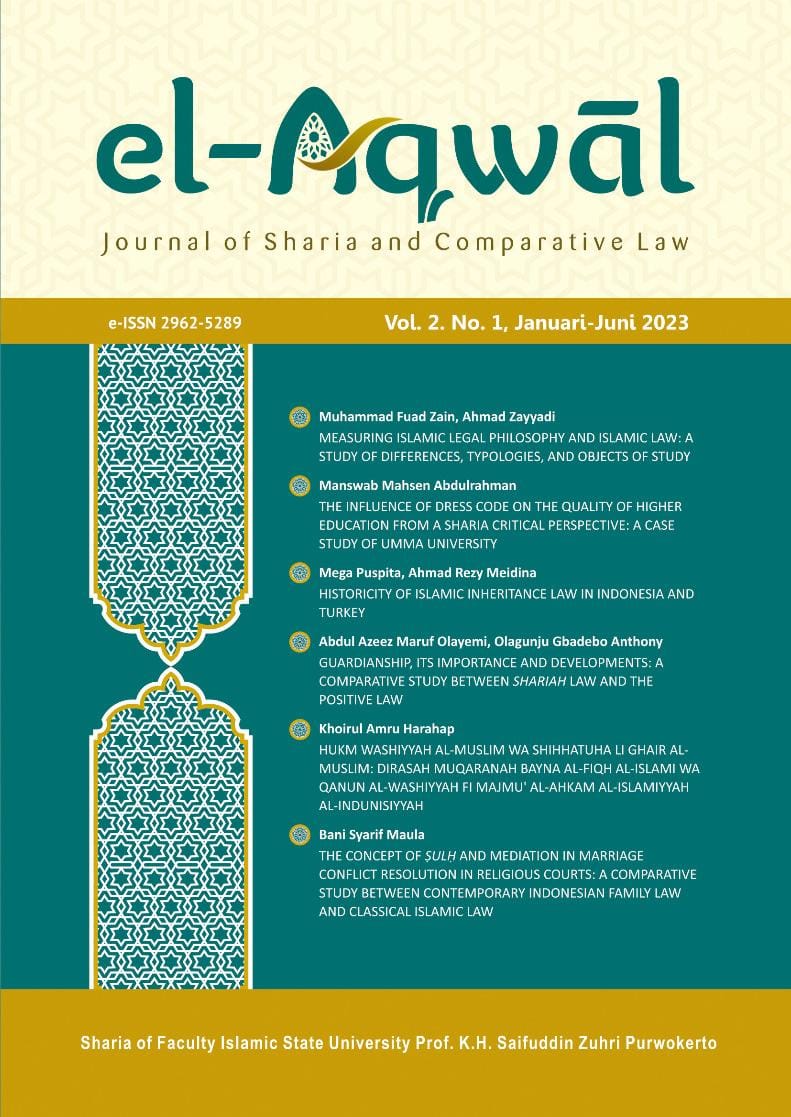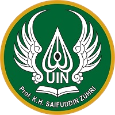The Influence of Dress Code on the Quality of Higher Education from a Sharia Critical Perspective: A Case Study of Umma University
DOI:
https://doi.org/10.24090/el-aqwal.v2i1.7637الكلمات المفتاحية:
Dress Code، Higher Education، Umma University، Islamic lawالملخص
Umma University is Kenya's first Islamic-based university, chartered in 2019, and was founded to improve access towards quality higher education for diverse individuals, cultures and communities. Subsequently, the university received many students from different religions, communities, and cultures, some of whom have violated the dress code initiated by the university. This is the research problem. This study's main objective was to explore the causes of indecent dressing among the students as well as to enhance the culture of proper dressing in higher learning institutions in general and at Umma University in particular. The study will use both quantitative and qualitative research methods. Open-ended questions were used. In addition to that, a questionnaire will be used, involving 103 students as representative respondents. The researcher will review references and study dissertations relating to dress code. The findings show that the most prominent factor of indecent dress is "freedom of choice" (68%), followed by the negative influence by foreign cultures through social media (66%), implementing dress codes doesn’t solve genuine problems in the university (57%), peer pressure (57%), and there is no specific penalty in the dress code (51%), among others. Therefore, it is recommended to amend the student dress code in the student information handbook 2020 while creating more awareness of the dress code through the use of announcements on notice boards and other means in strategic locations across the university premises.التنزيلات
التنزيلات
منشور
كيفية الاقتباس
إصدار
القسم
الرخصة
Authors who publish with this journal agree to the following terms: Authors retain copyright and grant the journal right of first publication with the work simultaneously licensed under a Creative Commons Attribution-ShareAlike 4.0 International License that allows others to share the work with an acknowledgment of the work's authorship and initial publication in this journal.











